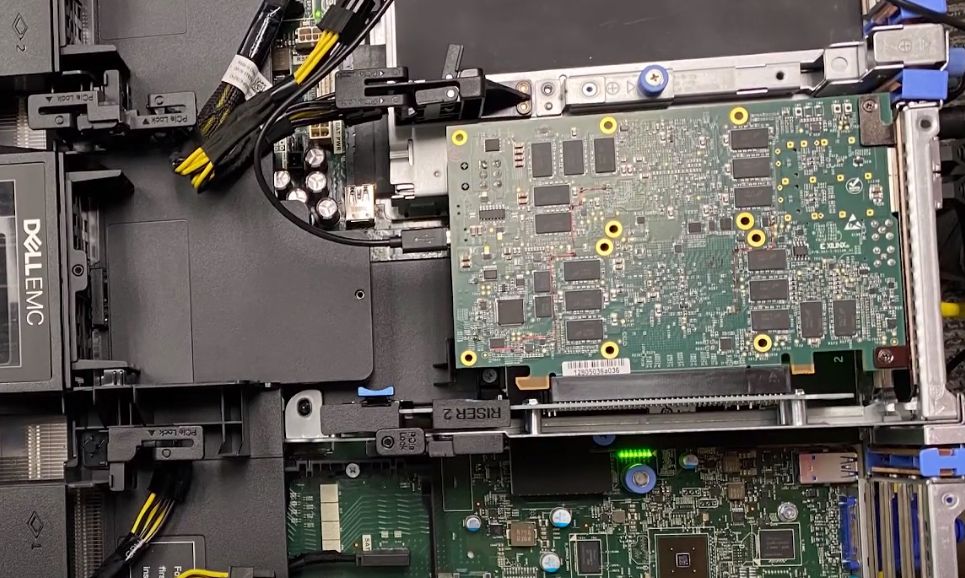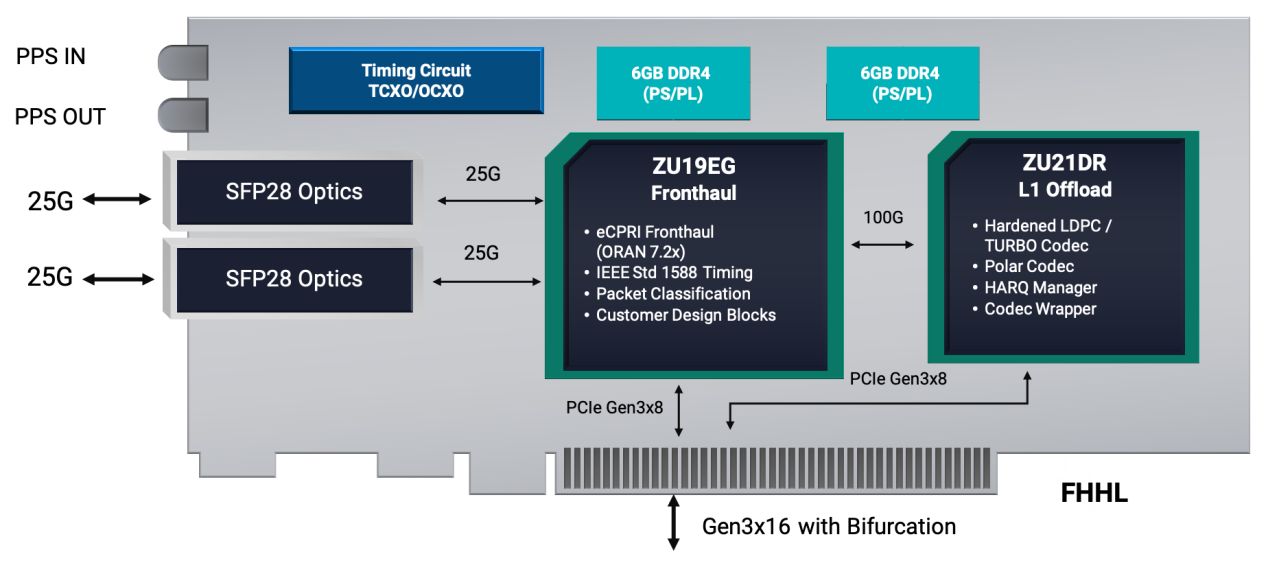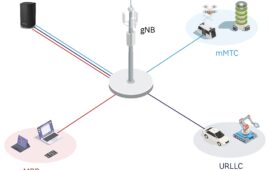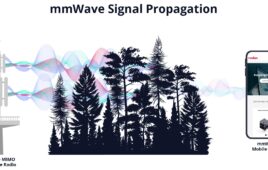The T1 Telco Accelerator Card from Xilinx turns a standard server into a processor capable of handling 5G data streams.
With all the talk of 5G networks moving from single-vendor baseband units to disaggregated systems comes the need to process baseband data using commercial off-the-shelf (COTS) servers. Unfortunately, COTS servers may have trouble keeping up with data flows. That’s where server accelerator cards can help. Offloading 5G functions to the accelerator card lets the server perform other functions such as operating as a distribution unit.
Xilinx has introduced the T1 Accelerator card, which relieves a server’s host processors from processing 5G baseband data and some physical-layer signal processing. Based on the O-RAN option 7.2 split, the T1 card’s DU21DR RF SoC processes layer 1 (physical layer) functions such as codecs while the ZU19EG handles baseband, fronthaul, and IEEE 1588 timing functions. VVDN Technologies provides the IP for the T1 accelerator card.
As the block diagram shows, a 100 Gbps internal link connects the two processors. The card contains two 25 Gbps SFP28 optical ports for connecting to the network.
The video below provides a demonstration of the T1 card performing hardware acceleration and fronthaul offload in a 5G gNodeB.







Don’t confuse the T1 card with a T1 line that provides a whopping 1.5 Mbps internet connection for hundreds of dollars per month.